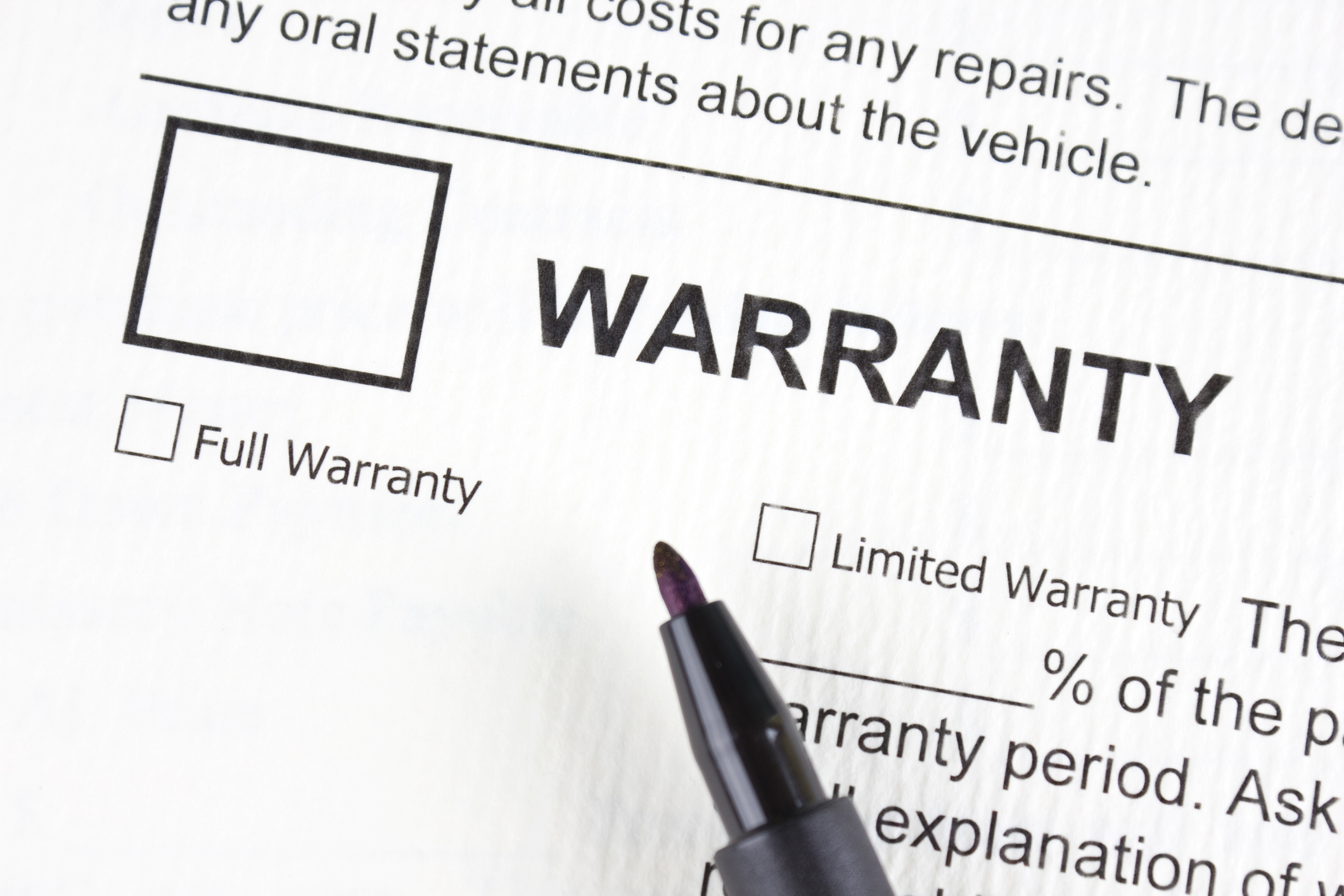F&I Compliance: Your Guide to Buyers Guides
In some ways, trying to find a non-compliant Buyers Guide at a dealership is like shooting fish in a barrel. They are so easy to come across that I have heard stories of regulators spotting them from the sidewalk before they even enter the dealership’s lot. These instances cause the regulator, who perhaps was not originally planning on auditing the dealership, to change their mind about the whole thing.
So, how can dealerships avoid such an embarrassment? By catching up on and understanding the latest rules and regulations regarding Buyers Guides. Although, this is easier said than done, as the laws are often trickly, vague, and/or subject to change. Like with many things in the automotive industry, communication, both internally, within the separate departments of your dealership, and externally between buyers and consultants, is an excellent first step.
Get the FTC Off your Back
Making sure that your used cars are all adorned with the most recent FTC sticker is the first step. In 2016, the FTC introduced a revised Used Car Rule, which requires dealers to post an updated Buyers Guide for pre-owned vehicles. The requirement officially went into effect in 2018.
Designed to provide clarity when selling pre-owned vehicles, the updated Buyers Guides provides transparency for a dealer’s warranty and other non-dealer warranties. This guide is one of the first things that regulators will notice when conducting inspections. And three years after the introduction of the policy, the “I wasn’t aware that the rules had changed” excuse won’t hold water.
When visiting dealerships, FTC regulators are also looking for discrepancies or missing information on the Buyers Guide, whether it is failure to check off appropriate boxes or failure to provide accurate information. It could also be something as simple as having the dealer contact information missing from the back of the guide itself. Regulators also take special note as to whether advertised warranty details coincide with what is documented on the guide. For instance, under 16 Code of Federal Regulations § 455.2(b)(3), if you make a service contract available for a vehicle, you also must check the corresponding “Service Contract” on the Buyers Guide.
▢ SERVICE CONTRACT. A service contract on this vehicle is available for an extra charge. Ask for details about coverage, deductible, price, and exclusions. If you buy a service contract within 90 days of your purchase of this vehicle, implied warranties under your state’s laws may give you additional rights.
Talk to Other Departments
Often, regulators will discover that Buyers Guide discrepancies and misidentification stem from a lack of communication between a finance manager and the used car manager. This lack of communication stems from the two departments running separate programs and failing to disclose that information with the other.
The result of this could be a customer receiving a different Buyers Guide in F&I than the one initially posted on the vehicle. And discrepancies in, say, the dealer’s warranty “systems covered” or “duration” section on the multiple Buyers Guides, could easily be grounds for litigation and/or a complaint to a government regulatory agency.
Remember, even if you believe that each Buyers Guide on your lot is complete and up to code, you must ensure that your sales staff is on the same page with the used car manager (as well as the service department) at your dealership.
High Costs for Ignoring Easy Fixes
On top of misrepresentation claims from customers, dealers should also be aware that deceptive practices such as these, unintentional as they may be, can result in massive fines from regulatory bodies. The current fine per violation that the FTC can levy is $43,792.
As alluded to above, under the FTC’s revised Used Car Rule, dealerships are obligated to provide customers with a completed dealer’s contact information section on the back of the buyer’s guide, including dealer name, address, phone number as well as the specific name and title of a person to contact. This dealer’s contact section could be a dealer’s best friend in getting ahead and resolving any consumer complaints.
Get in Touch with KPA
Is your dealership F&I compliant? Or are you not sure? Is any of this information new to you? If so, KPA’s consulting team is here to help.
KPA has the training, software, and educational tools your dealership needs to ensure that all of your F&I programs are fully compliant and up-to-date with the latest FTC rules and regulations.

